Here’s a scary possibility. Next year’s elections in Baltimore City are pregnant for a reprise of the 1974 campaign for state’s attorney. All of the elements are present – crime, unemployment, dilapidated housing and a government corrupt to the core. Richard M. Nixon was president then. Donald J. Trump is in the White House now.
That was the year a machine politician and young attorney from Highlandtown defeated the incumbent black state’s attorney in what was considered an overtly racist campaign filled with code words and symbols. The conditions that applied then are everywhere now and could rattle candidates up and down the ballot in 2020, with Trump aboard as a candidate for reelection.
The outlier in 1974 was William E. Swisher, a loyalist to the political machine of Boss James H. “Jack” Pollack. And the incumbent he defeated was Milton A. Allen, an attorney with ties to the political clubhouse of William “Little Willie” Adams, the former “numbers” kingpin turned respectable entrepreneur and developer and among the nation’s wealthiest black people.
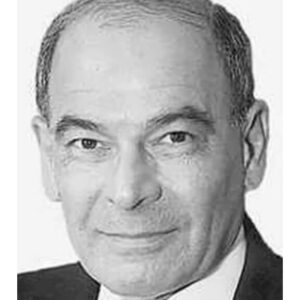
Frank A. DeFilippo
Swisher ran a single, menacing television ad hundreds of times. It was a close-up shot of a flashing red-and-blue police light with a deep authoritative voice intoning the words – “This city is a jungle…”
Political advertising, like any other, is about connectivity. The ad resonated because of conditions in the city, even though everyone’s favorite stern Dutch-uncle, William Donald Schaefer, was well into his first term as mayor.
Swisher’s other campaign meme was a citizen’s right to self-defense. He repeatedly encouraged Baltimoreans to arm themselves and to shoot first, then after, as state’s attorney, he’d decide whether to prosecute. The implication was clear – solid citizens are entitled to legal protections to help wipe out the criminal class. (Maryland’s strict gun laws were to go into effect that same year.)
Allen was thunderstruck by the defeat. He considered a recount of the primary election vote but settled for a write-in campaign in the general as a way to redeem himself. Allen lost again, defeated twice by the same man and the same message.
Swisher served two terms as state’s attorney and was defeated in 1982 in a landslide by Kurt Schmoke in an election that was viewed as a turning point in Baltimore politics. Swisher died in 2015.
Swisher’s gun speeches were not so much about the Second Amendment as they were about defending family and property against criminals. The NRA hadn’t yet become the arms merchant that it is today (though right now it is riven by internal strife that is blunting its message and its might as an advocacy organization as well as threatening its tax-free status.)
And Swisher’s hammering on the twin themes played well against the Nixonian backdrop of “law and order” and his sidekick Spiro T. Agnew’s harangues against liberals, hippies and dissenters, much like Trump’s attacks on socialist Democrats and the so-called criminal elements he sees among immigrants approaching the nation’s Southern border.
It should be noted that Bill Swisher, the candidate, in no way resembled Bill Swisher, the person. During interviews or chats about his tough-on-crime John Wayne persona, Swisher always had a twinkle in his eye and a curlicue smile on his lips that seemed to be laughing at himself for saying what he did.
Today’s residents of every hue are fed up with crime and the physical condition of the city. There have been 60 murders so far this year in Baltimore (as of this writing), with 10 shootings alone a weekend ago – and 16 shootings over 11 consecutive days, according to reports. The murder rate in the city has topped 300 for three consecutive years.
The unemployment rate in Baltimore is 5.3 percent, a tick above the state rate of 4 percent. But the unemployment rate among African-Americans in the city is more almost triple the overall rate at 13.9 percent. And there are more than 14,000 vacant or abandoned houses in the center of the city while many streets resemble moonscapes. City government is in turmoil.
The last candidate to run for mayor as a crimebuster was Martin O’Malley in 1999. O’Malley imported policing policies and techniques from New York and adopted the Clinton administration’s community policing programs, both focused on low-level arrests through police sweeps of neighborhoods. Today, those programs are looked upon as failures and rejects, with many of them being reversed or just plain ignored.
(Historical footnote: In the early 1970s, Schaefer insisted that the authority to appoint Baltimore’s police commissioner be shifted to the mayor from the governor who had made the appointment from after the riots and corruption following the Civil War when Baltimore was known as Mob Town. Gov. Marvin Mandel told Schaefer he would do it if that’s what Schaefer wanted, but it would be the biggest mistake Schaefer would make for himself and for future mayors. “Now, if there’s a problem, you can blame the governor,” Mandel said. “But if you appoint the commissioner, the mayor will own the problem.” Former Mayor Catherine Pugh botched the appointment of four police commissioners before hiring the current one who passed muster.)
The current Baltimore state’s attorney, Marilyn Mosby, for example, has stated that she will no longer prosecute low-level drug arrests, placing her in direct conflict with the police department which continues to enforce drug laws.
Without a doubt, nearly every candidate running for every office next year will campaign as a reformer to one degree or another, vowing to clean up government, offer more transparency and to restore Baltimore to its medieval grandeur.
But will any candidate have the stones to undertake a Swisher-style gangbusters campaign with all of the law enforcement paraphernalia invading voters’ minds, ears and eyeballs?
It’s been 45 years since Swisher launched his jungle ad and, for better or worse, Baltimore is not the same city it was in 1974. There’s a rhythm to cities. Cities rise, cities fall. They are reborn, they prosper, they decay again. And Baltimore, right now, is on the ugly end of the cycle.
Demographics are destiny. Once upon a time, a short while before Swisher’s debut, Baltimore was the sixth largest city in America, population close to a million. It’s now down to roughly 629,000, somewhere around 26th on the list.
More important, the city is about 68 percent black and about 10-1 Democratic and with more independents than there are Republicans, just shy of 30,000. About six Zip codes support the entire city where one-third of the population pay all their taxes, one-third pay some taxes and one-third pay no taxes. Forty-five percent of the property in the center of the city is tax-exempt, non-profit institutions.
Put another way, wholesale changes in demographics have dramatically realigned Baltimore politics since Swisher’s day. Black women control the vote in Baltimore. A majority of the city’s candidates, as well as officeholders are black, and what whites there are belong to the new generations of gentrification and millennials. The recently announced departures of long-time Councilmembers Mary Pat Clarke and Edward Reisinger acknowledge the shift.
What’s more, the old political machine disappeared decades ago, along with the other dinosaurs, subsumed first by television and now by social media, as well as the helping hand of government which subsidized community and activist organizations during the 60s and 70s. Black churches and neighborhood groups have replaced political clubhouses despite the ban on religious organizations from active participation in politics.
Finally, local police practices are under the watchful eye of the federal government. The Department of Justice monitors police activity and has won consent decrees in many cases, as it has in Baltimore, to try and prevent abuses such as unnecessary shootings and instances of brutality. Swisher’s dictum of hair-trigger self-defense would be unacceptable in contemporary Baltimore (as ironic as that sounds.)
So as appealing and compelling as a Swisher-style campaign might appear and be attractive to certain types of candidates, as well as to some weary voters, it’s doubtful that such an approach would be effective and it’s likely that the candidate who tries might be run out of town. But, then, who knows? Trump won.
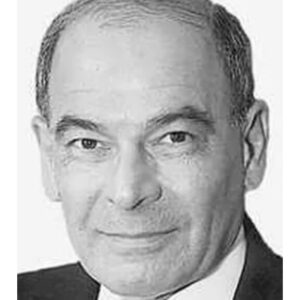
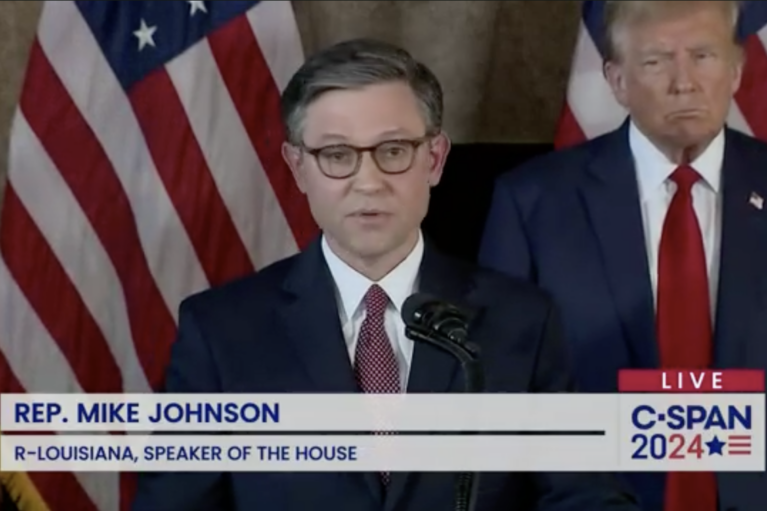
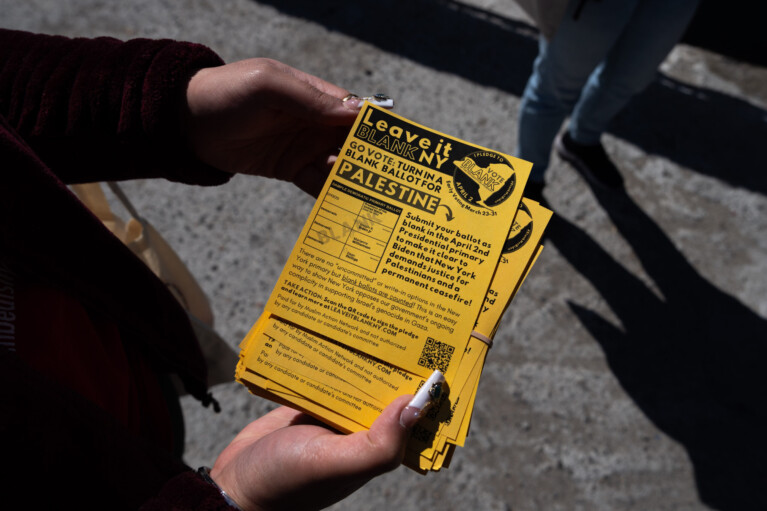
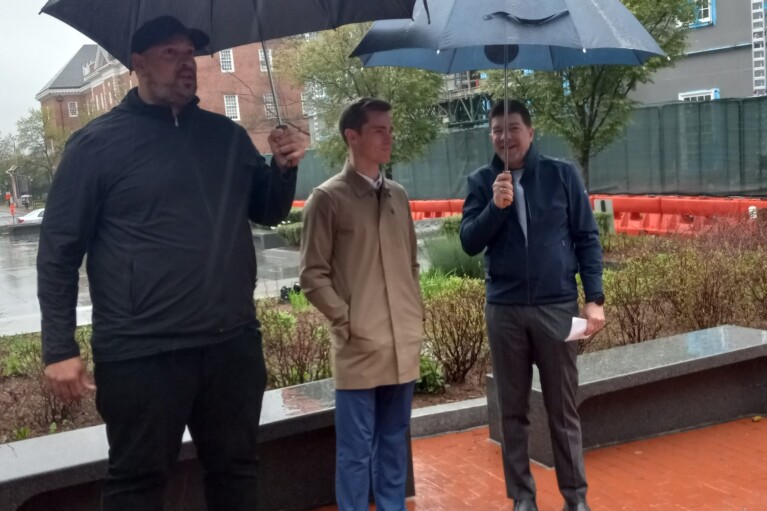
 Creative Commons Attribution
Creative Commons Attribution